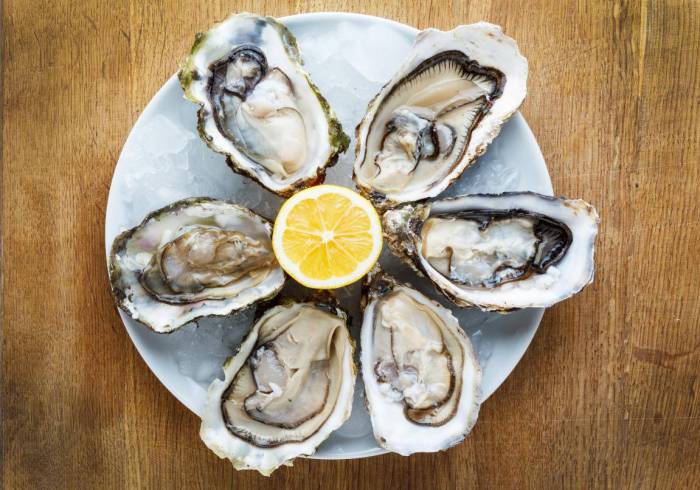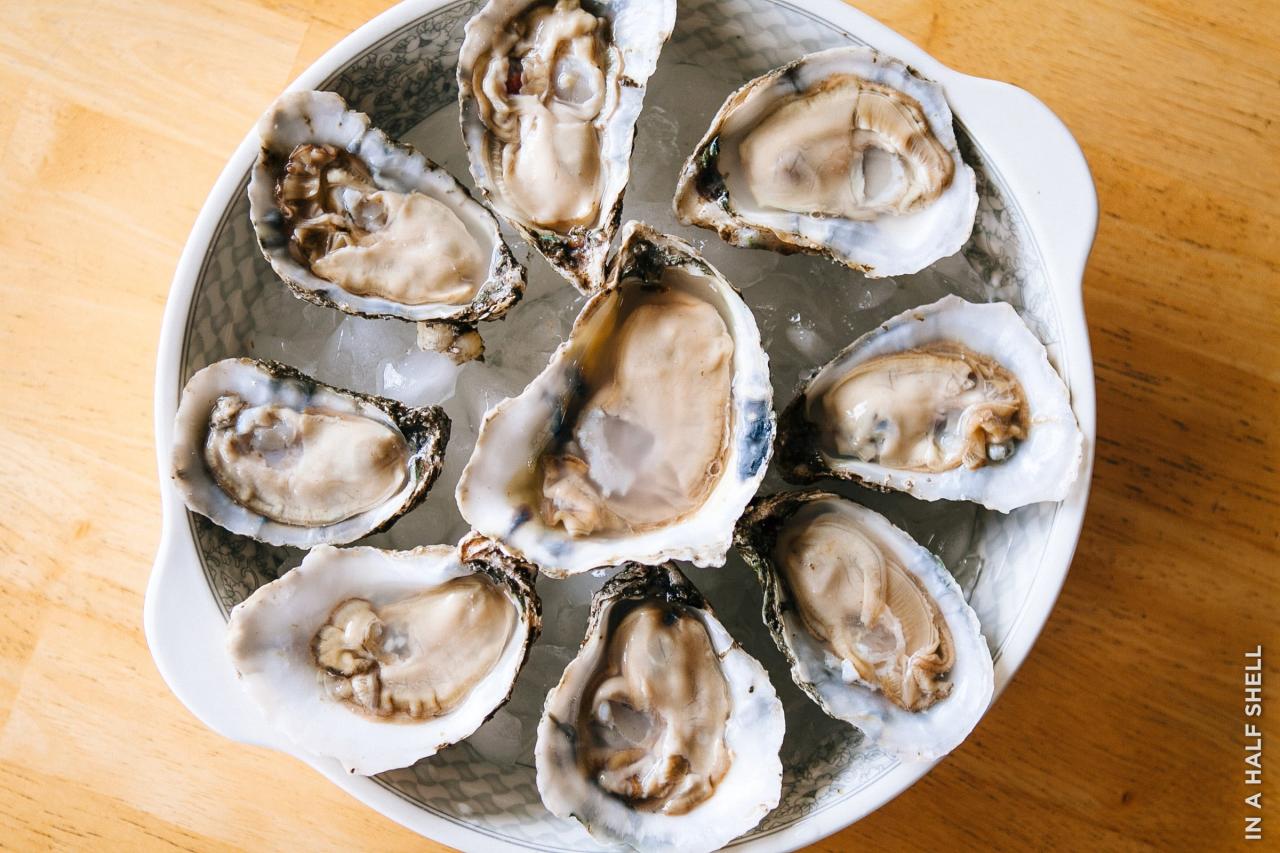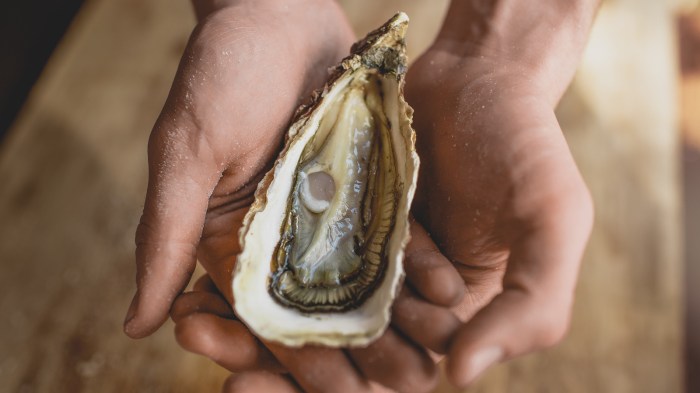Operations serving raw oysters should have a comprehensive Hazard Analysis and Critical Control Points (HACCP) plan in place to ensure the safety of their products. This plan should Artikel the potential hazards associated with raw oyster consumption, the critical control points (CCPs) that must be monitored to prevent or eliminate these hazards, and the corrective actions that must be taken if a CCP is not met.
By following a HACCP plan, operations serving raw oysters can help to reduce the risk of foodborne illness and protect the health of their customers.
HACCP plans are based on the Codex Alimentarius, a collection of international food safety standards, guidelines, and codes of practice adopted by the Codex Alimentarius Commission (CAC). The CAC is a joint program of the Food and Agriculture Organization of the United Nations (FAO) and the World Health Organization (WHO).
HACCP plans are recognized by the World Trade Organization (WTO) as the international standard for food safety.
Food Safety Regulations
Adhering to food safety regulations is paramount when serving raw oysters due to the potential health risks associated with consuming contaminated oysters. Regulatory agencies have established specific guidelines for the handling and serving of raw oysters to ensure consumer safety.
Examples of Specific Regulations
- The National Shellfish Sanitation Program (NSSP) sets standards for the harvesting, processing, and distribution of shellfish, including oysters.
- The Food and Drug Administration (FDA) regulates the interstate sale of oysters and enforces food safety regulations for seafood.
- State and local health departments may have additional regulations governing the handling and serving of raw oysters within their jurisdictions.
Oyster Handling and Storage

Proper handling and storage of raw oysters are crucial to prevent contamination and ensure their safety for consumption. Maintaining a cold temperature throughout the process is essential.
Potential Consequences of Improper Handling and Storage
- Growth of harmful bacteria, such as Vibrio parahaemolyticus and Vibrio vulnificus
- Increased risk of foodborne illness, including gastroenteritis and sepsis
- Spoilage and deterioration of oysters, leading to off-flavors and odors
Employee Training and Hygiene

Thorough training for employees who handle and serve raw oysters is essential to ensure food safety. Proper handwashing and personal hygiene practices are crucial to prevent contamination.
Examples of Specific Training Programs or Certifications
- National Shellfish Sanitation Program (NSSP) training and certification for shellfish handlers
- HACCP (Hazard Analysis and Critical Control Points) training for food safety management
- ServSafe Manager Certification for food safety and sanitation
Equipment and Sanitation

Appropriate equipment and regular cleaning and sanitization are essential for safe handling and serving of raw oysters. Maintaining a clean and sanitary environment prevents contamination.
Checklist or Table Outlining Cleaning and Sanitization Procedures
| Equipment/Surface | Cleaning Procedure | Sanitization Procedure |
|---|---|---|
| Oyster knives | Wash with hot soapy water | Immerse in a sanitizing solution |
| Shucking tables | Clean with a bleach solution | Rinse with clean water |
| Storage containers | Wash with hot soapy water | Sanitize with a chlorine-based solution |
Customer Education
Educating customers about the potential risks of consuming raw oysters is crucial to ensure informed decision-making. Clear signage or menu disclaimers should inform customers of the risks.
Role of Staff in Answering Customer Questions, Operations serving raw oysters should have a
- Provide accurate information about the risks associated with raw oyster consumption
- Explain safe consumption practices, such as cooking oysters thoroughly
- Recommend alternative options for customers who are at high risk for foodborne illness
Inspection and Enforcement: Operations Serving Raw Oysters Should Have A
Regulatory agencies conduct inspections to ensure compliance with food safety regulations. Non-compliance can result in enforcement actions to protect public health.
Consequences of Non-Compliance
- Suspension or revocation of operating licenses
- Fines or other penalties
- Public health advisories or closures
Q&A
What is HACCP?
HACCP is a systematic approach to food safety that identifies, evaluates, and controls hazards that could occur in the production, storage, and distribution of food.
What are the benefits of HACCP?
HACCP helps to reduce the risk of foodborne illness by identifying and controlling hazards that could occur in the production, storage, and distribution of food.
Who should use HACCP?
HACCP can be used by any operation that produces, stores, or distributes food.